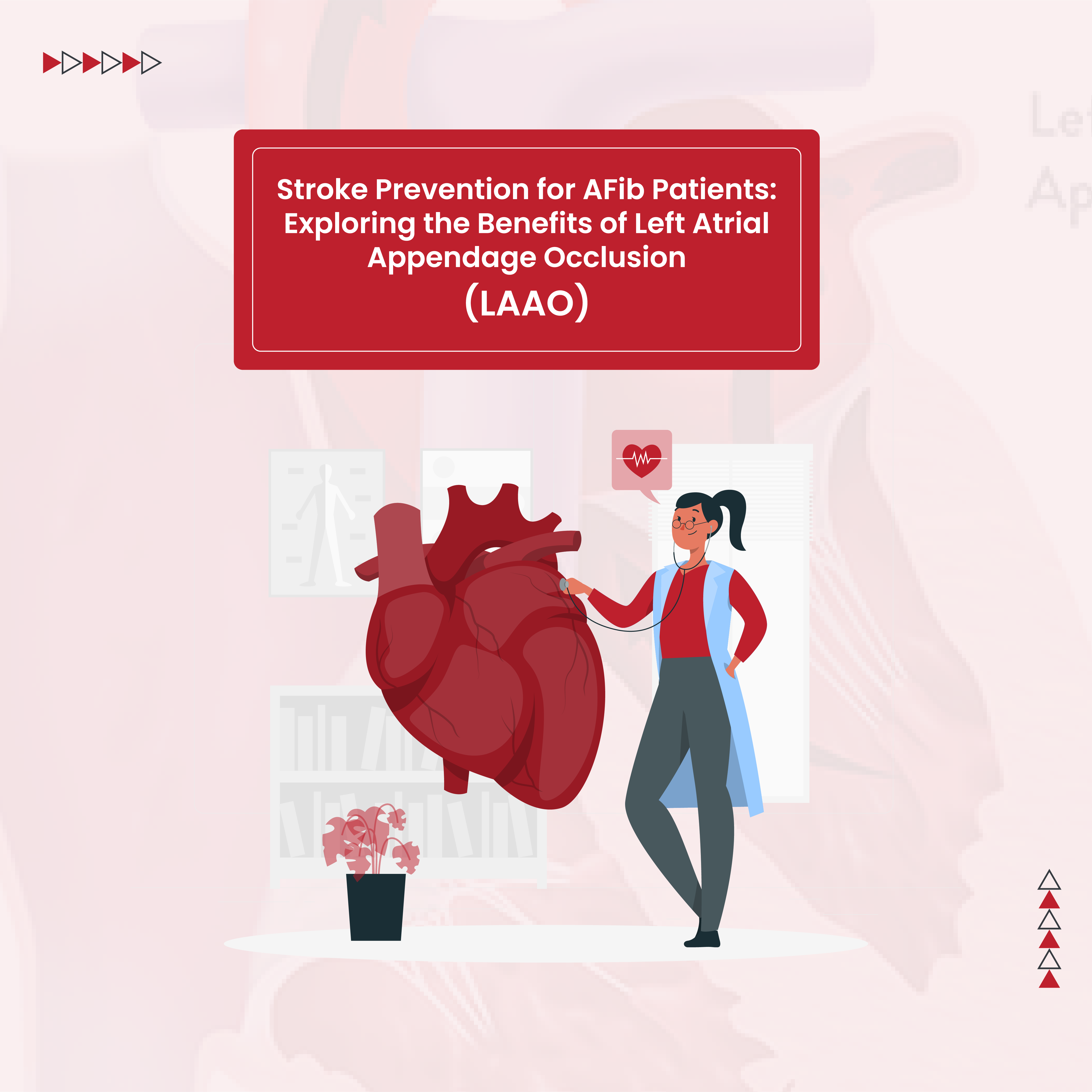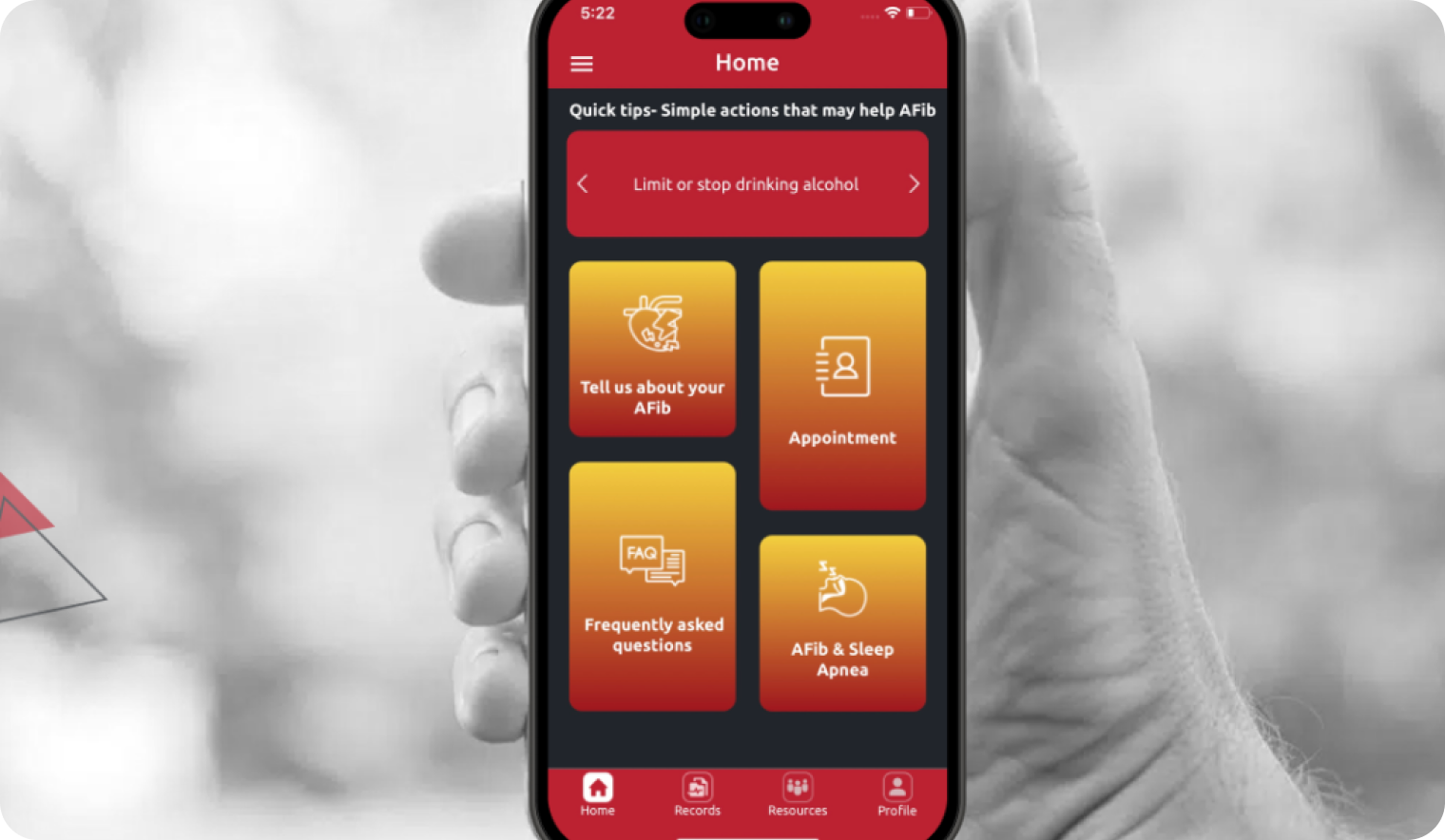Atrial fibrillation can cause a variety of symptoms including shortness of breath, decreased exercise/activity tolerance, fatigue, palpitations, dizziness, or chest discomfort. When this is the case, medications to help keep the heart in a normal rhythm or slow the heart rate may be indicated. These medications can help alleviate the symptoms of AFib so someone can do the activities they want to do. Another important benefit is that they can help slow or stop atrial fibrillation related structural changes from happening in the heart. This is important because these structural changes can lead to more frequent or persistent atrial fibrillation.
Medications that help maintain a normal heart rhythm are called anti-arrhythmics. Common anti-arrhythmics used for atrial fibrillation are amiodarone, propafenone, flecainide, sotalol and dofetilide. These medications help calm or steady the arrhythmia- like calming the ripples in a lake. Medications that help slow down the heart rate are called rate controlling medications. Common rate controlling medications are metoprolol, nebivolol, diltiazem and digoxin. While most anti-arrhythmics and rate controlling medications are well-tolerated, there can be undesirable side effects. Our team works closely with patients to monitor side effects and offers options of various therapies for AFib.
Atrial fibrillation can increase a person’s chance of forming a blood clot in their heart, which can lead to a stroke. This is why treatment of atrial fibrillation usually includes a medication to thin the blood and make it less likely to clot. These medications are called anticoagulants. A person’s risk for developing a clot secondary to atrial fibrillation is dependent on certain risk factors. These risk factors include high blood pressure, heart failure, diabetes, age, gender, heart attack, and prior stroke or blood clots. A risk calculator is used to determine a person’s annual risk of having a stroke due to atrial fibrillation. If the score is at or above 2 (men) or 3 (women), an anticoagulant will be recommended to prevent an AFib related stroke. Warfarin (Coumadin or Jantoven) is a Vitamin K antagonist. Its ability to thin the blood can be affected by different foods, herbal supplements and medications. Therefore, blood work is done routinely to monitor warfarn’s effectiveness. There is a newer class of blood thinners called direct oral anticoagulants (DOACs). This class includes rivaroxaban (Xarelto), apixaban (Eliquis), dabigatran (Pradaxa), and edoxaban (Savaysa). These medications are more convenient to take than Warfarin because they are not affected by foods, medications, or supplements and they do not require frequent blood draws to monitor their effectiveness. One drawback of DOACs is that they can be expensive. If anticoagulation is indicated, we use a shared decision making approach to help patients choose which type of anticoagulant is best for them.








